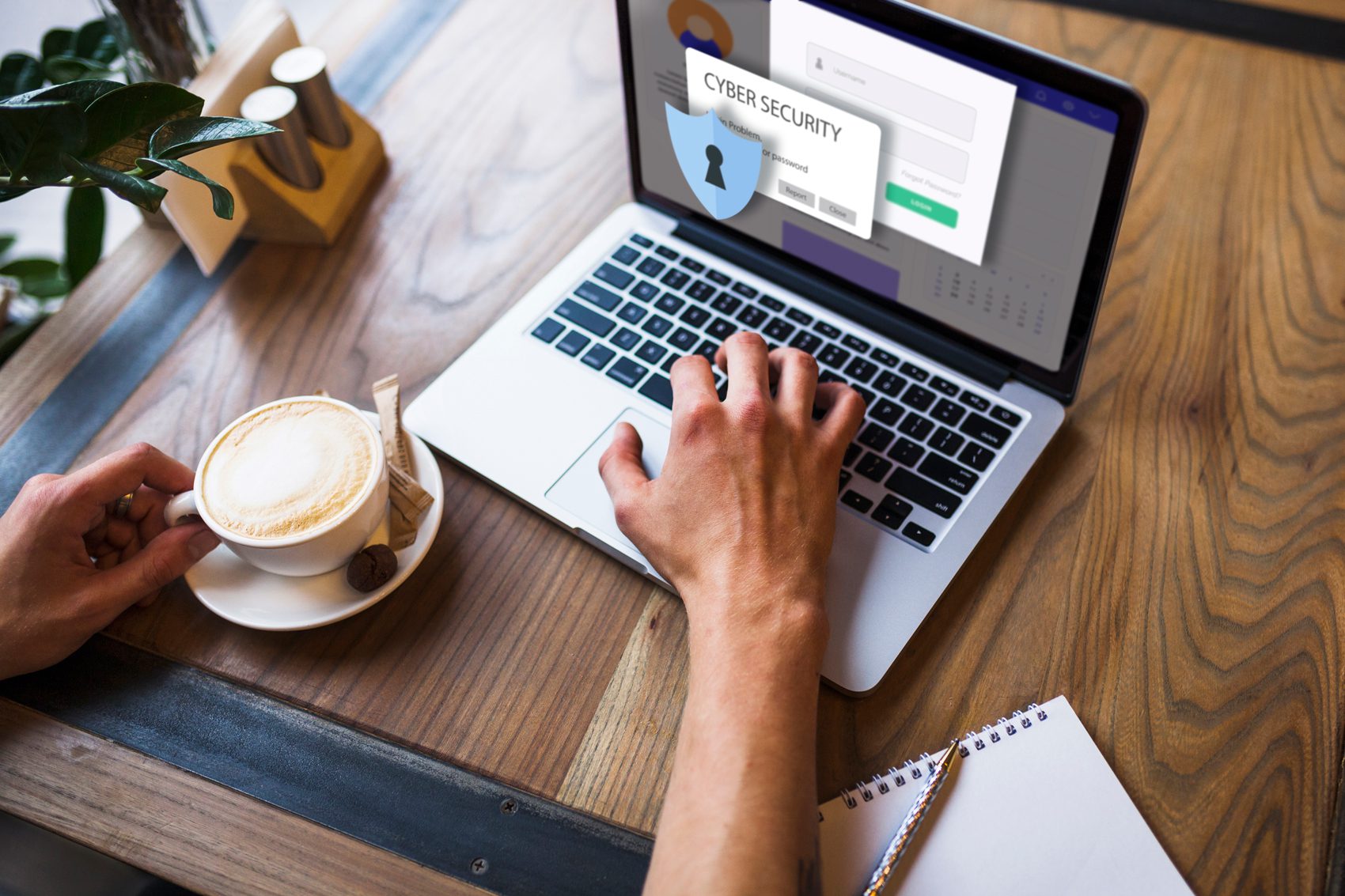
If you don’t have time to read the full post, check out the audio version on our Spotify channel.
In today’s digital world, cyber threats aren’t just something that happens to big corporations—they’re a daily concern for businesses of all sizes. While firewalls, antivirus software, and employee training all play crucial roles in a strong security posture, one key element often goes underappreciated: Access Management.
Put simply, access management is about making sure the right people have access to the right information—and no one else does. It’s the invisible gatekeeper that protects your business from internal errors, external threats, and everything in between.
Let’s dive into why effective access management is one of the smartest investments you can make for your company’s cybersecurity—and how it benefits your business on multiple levels.
1. Prevent Unauthorized Access Before It Happens
Cyber attackers are constantly looking for weak points—unsecured apps, outdated login systems, or ex-employees with lingering access. A well-structured access management system ensures that only authorized users can reach your systems, apps, and sensitive data.
Whether it’s Identity and Access Management (IAM) or Employee Access Management (EAM), the goal is the same: verify identity and control access at every touchpoint. This stops potential breaches before they start.
2. Limit Damage If a Breach Occurs
Even with strong defenses, breaches can still happen. The good news? With access controls in place, you limit the damage. If an attacker compromises one account, they’ll only get access to what that account is allowed to see—not your entire network.
This “least privilege” approach reduces exposure and protects the rest of your system, much like how banks keep money in multiple locked vaults instead of a single room.
3. Improve Employee Productivity (Yes, Really)
Contrary to what some might think, access management isn’t about creating bottlenecks. In fact, it often does the opposite. With the right tools in place, employees can quickly access the apps and information they need—without going through clunky approval chains.
Modern systems support single sign-on (SSO) and smart access permissions, saving employees time and reducing friction in their day-to-day work.

4. Support Remote and Hybrid Work Environments
As remote work becomes the norm, secure access from anywhere is no longer a luxury—it’s a necessity. Whether your employees are in the office, at home, or on the go, access management ensures they connect safely to your business systems without exposing vulnerabilities.
Cloud-based IAM tools allow you to manage permissions in real time, monitor usage, and revoke access instantly if needed—critical for a flexible, modern workforce.
5. Simplify Onboarding and Offboarding
Employee turnover is inevitable—but mishandling it is not. Poor offboarding practices often leave ex-employees with lingering access, which can pose serious security risks.
With automated access management, you can grant, adjust, or revoke access in just a few clicks. That means new hires get up and running faster, and former employees are fully disconnected the moment they leave.
6. Meet Compliance and Audit Requirements
Many industries are subject to strict regulations regarding data access, security, and privacy. From GDPR to HIPAA to SOC 2, being able to prove who had access to what—and when—is vital.
A centralized access management system keeps detailed logs, audit trails, and permission records to help you pass audits and maintain compliance without the usual headaches.
7. Detect Suspicious Behavior Early
Modern access tools often include real-time monitoring and alert systems. If someone logs in at a strange hour, from an unusual location, or tries to access unauthorized files, your system can flag it immediately.
This level of visibility helps you spot insider threats, compromised credentials, and unusual usage patterns before they escalate into serious problems.
8. Centralize Control Across All Tools and Systems
With businesses using dozens (or hundreds) of apps—from HR software to cloud storage to CRM platforms—managing access manually becomes overwhelming. A centralized system lets you see who has access to what, across your entire stack.
This unified view not only improves security, but also helps IT teams work more efficiently and avoid overlooked permissions or shadow IT.
The Bottom Line
Access Management Is Business Management
Access management isn’t just an IT issue—it’s a business-critical function. It touches everything from productivity and compliance to risk management and employee experience.
By investing in a smart, scalable access management system, you’re not just protecting your company—you’re empowering it to grow with confidence, agility, and security.
Whether you’re a startup with a small team or an established business juggling multiple departments and tools, now is the time to make access management a core part of your cybersecurity strategy.
Ready to upgrade your online presence?
Book a free discovery call or contact our team for a no-obligation consultation.

